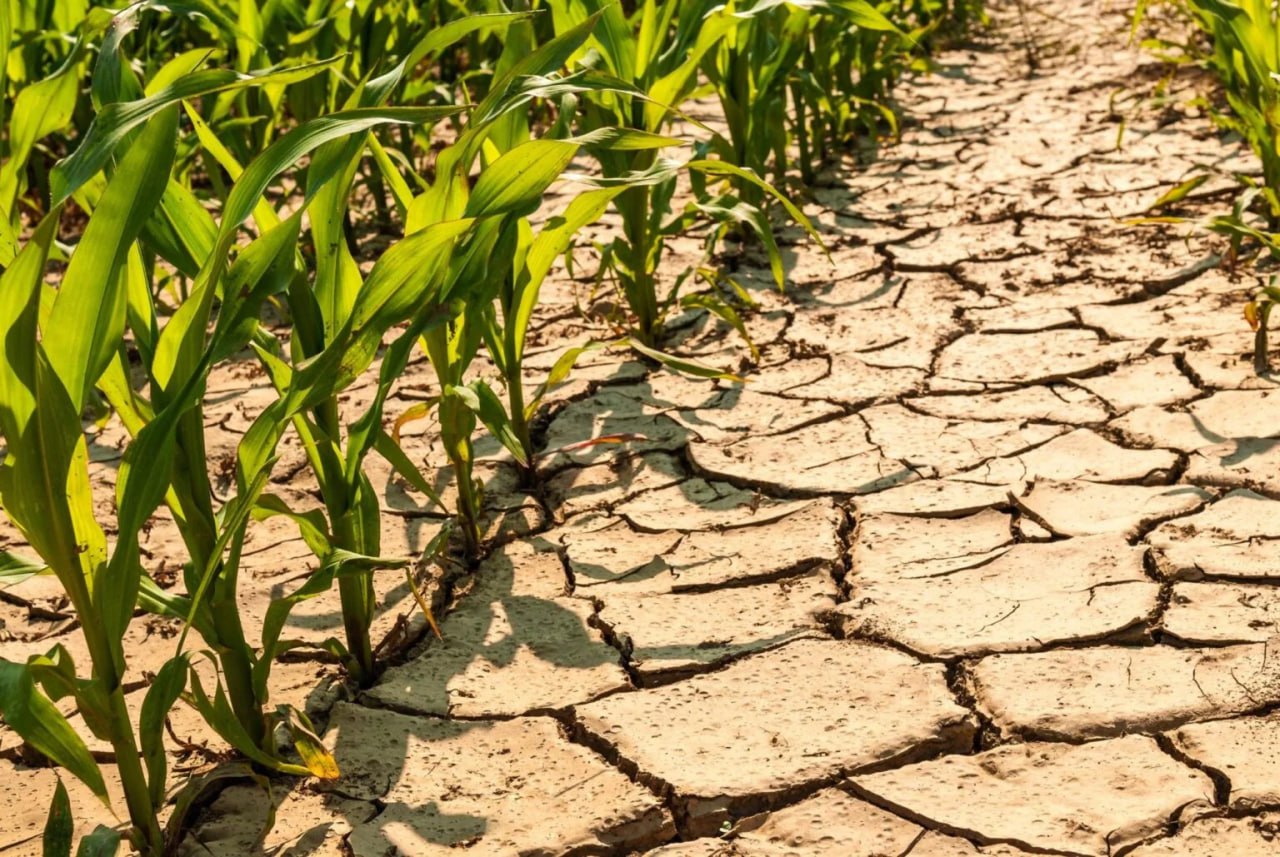In the summer of 2023, Central Asia was faced once again with water shortages and the significant impact these have on agriculture. The sector relies on irrigation, consuming up to 80% of available water, and has a poor track record with regard to the efficient use of water resources.
Water deficit is a key structural constraint to socioeconomic development in Central Asia, which is among the most vulnerable to climate change, with temperatures rising at a faster rate than the global average. Periods of drought and low water are becoming more frequent. The hydrological patterns of rivers and groundwater supplies are undergoing change. Glacier areas have been diminishing rapidly, with a 30% decrease over the last 50 years. Climate change is leading to reduced river flows, at a time with the region’s demand for water is growing rapidly.
The primary solution to the water deficit lies in improving irrigation practices. Agriculture in Central Asia is the largest consumer of water, with irrigation accounting for 100.4 km3 of the total 127.3 km3 (80%) of water used in the region in 2020.
In its new study the Eurasian Development Bank (EDB) recommends ten practical steps to safeguard irrigated land potential and promote efficient water consumption in Central Asia:
- First and foremost, the region requires a consolidated regional approach. One of the most effective solutions would be to create an International Water and Energy Consortium for Central Asia (IWEC CA). This consortium would focus on irrigation and energy projects and facilitate interaction between multilateral development banks (MDBs) and their dialogue with the region’s countries.
- Consortia could also be established to implement significant investment projects, such as large water facilities. MDBs could collaborate to help overcome the challenge of attracting investment in irrigation. MDBs in the region could act as financial operators, jointly implementing complex projects, mobilizing additional financial resources and providing effective financial support for complex initiatives.
- It would be highly beneficial to create a regional cluster to manufacture and maintain modern irrigation equipment. Central Asian countries together account for the fifth largest irrigated land area globally after China, India, the U.S. and Pakistan, making it a sizeable irrigation equipment market worth US $140–320 million, or 4% to 8% of the global market.
- Central Asian countries should establish a position on greater cooperation with Afghanistan. A partnership scheme could be developed based on existing water management mechanisms in Central Asia, including organizations such as the IFAS and other regional bodies involved in transboundary water resource management. The transition to water conservation should be financially secure and requires institutional solutions.
- Developing water and irrigation systems in Central Asia requires significant investment, including through public-private partnerships (PPP). Global experience, set out in the report’s many PPP case studies, suggests that this is an effective form of financing. In addition to government funding, MDBs’ financial resources play a crucial role in financing such projects.
- Effective water accounting on inter-farm canals and farms, involving water user associations (WUAs), is crucial. Strengthening the institutional and legal status of WUAs would increase their accountability and obligations regarding water use, paving the way for a system of paid water supply services for farms.
- Gradual inclusion of investment deductions in tariffs would help state-financed water companies to invest in the construction, upgrading and renovation of irrigation systems. The limited availability of water and the constraints of extensive irrigated farming in Central Asia increase the importance of adopting industrialized agricultural technologies.
- To counteract the widespread salinization of irrigated land, soil conditions can be improved by rearranging irrigation and drainage systems. For example, on-farm earth canals could be transformed into flume canals, and existing canals could be replaced with a system of pipelines to transport water to the fields. This would reduce filtration losses by a factor of three to four.
- Introducing digital technologies throughout the water sector would enable efficient water distribution and accurate water metering, and facilitate the transition to a system of paid water supply services for farms. Digital water metering technologies are estimated to reduce water losses by 12% to 15% annually. Remote satellite diagnostics are also recommended as a means of establishing a permanent system for monitoring irrigated land and soil salinization.
- Adopting state-of-the-art irrigation, laser levelling and crop cultivation technologies region-wide would be an important step forward. Quality levelling allows for the implementation of new mechanized and water-saving furrow irrigation technologies. Yields on a sloped field under furrow irrigation rise significantly, and a reduction in annual water consumption of between 20% and 30% can be achieved.







